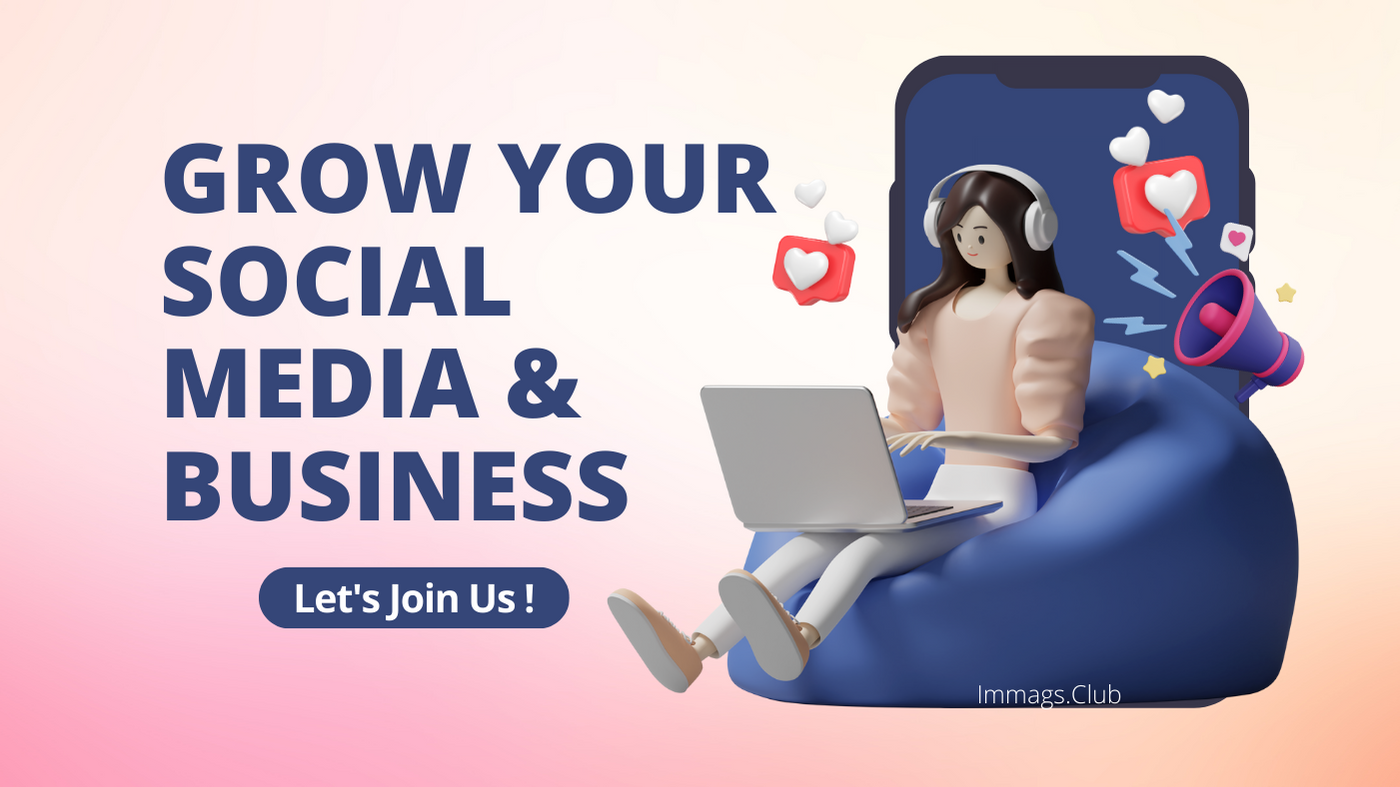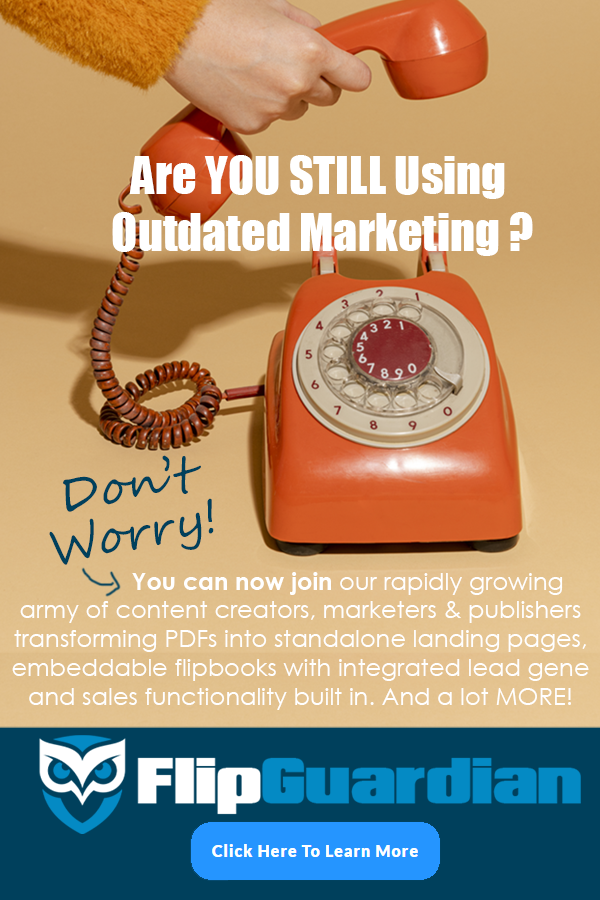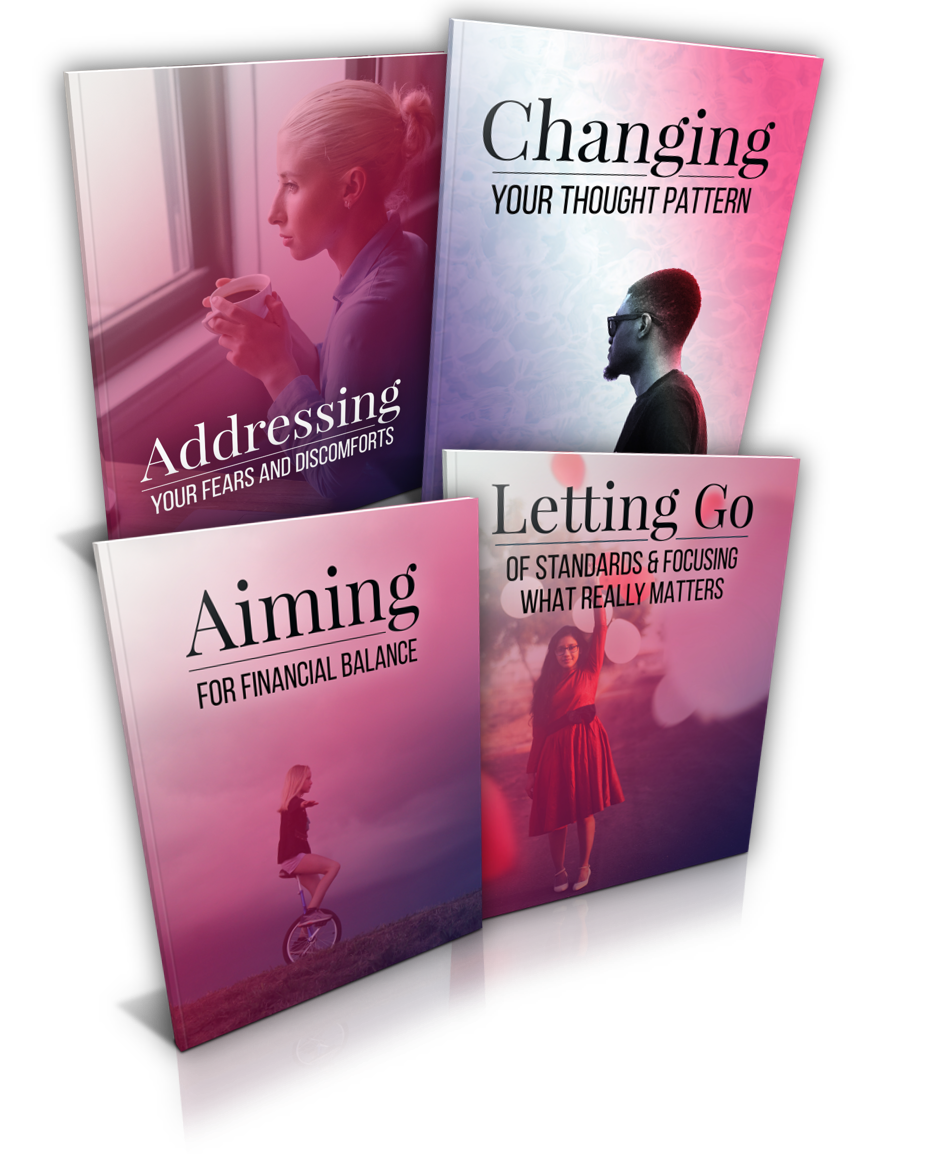6 min read
Opinions expressed by Entrepreneur contributors are their own.
The following excerpt is from Dan S. Kennedy and Dustin Mathews’ book No BS Guide to Powerful Presentations. Buy it now from Amazon | Barnes & Noble | iTunes or click here to buy it directly from us and SAVE 60% on this book when you use code CAREER2021 through 4/17/21.
When you convert a powerful presentation to a webinar and put in place a system to drive an audience to it, there are two big secrets to consider and keep in mind:
1. When they watch it on a screen, it’s TV.
I’ve done a great deal of work over the years with aired-on-TV half-hour infomercials — for information products and courses, for free preview seminars occurring in various cities, for moneymaking opportunities, for skin-care and cosmetic products, weight loss and fitness products and a wide array of other products and services. What I learned about the viewer and what works best to get and hold his attention, build interest and get him off the couch and to the phone with infomercials has given me a unique advantage in writing and producing video for webinars. I always think of it as TV.
Related: 6 Steps to Creating the Ultimate Webinar
People have certain expectations about TV. There are certain formats they’re very familiar with, expect, have been conditioned to accept, and are eager to give attention to. News broadcasts, daytime talk shows and cable news talk shows have definitive looks, feels and choreography to them. This makes the set very important. Most news and news-talk shows now have type streaming across the bottom of the screen, graphics — like “Breaking News” — and often big screens where video or charts and graphs are shown. When a viewer finds himself watching that, he knows he is watching a news program.
Daytime talk shows like Ellen usually have more of a living room feel to them. Morning programs like The Today Show have different segments at different kinds of sets — news, living room, kitchen. Most TV has a lot of activity and movement to it. The very static, two-people-across-a-desk show like Larry King or Charlie Rose is nearly dead. You’ll occasionally see an infomercial done this way, because it’s cheap to do, but you won’t catch any major player using that format because people expect things to happen on TV.
Related: 4 Secrets to Becoming a “Presentainer” Who Grabs an Audience’s Attention
At GKIC, the company I founded, we perfected a format and formula for new information product launches with a series of brief excitement-building videos, then a four-hour live webcast, a host, and sometimes other guests. The webcasts are divided into three segments exactly like an infomercial is with prerecorded commercials for the offered product inserted at three breaks. Each of these webinar/webcast “events” has generated from hundreds of thousands to over a million dollars in revenue. Several different sets were used throughout the three-year series, always with an eye to it being watched as if TV.
2. Online webinar v. live presentation
There are a lot of things you can do online that are impractical or too costly to do in a live presentation. This is especially true if you’re presenting dozens or hundreds of times a year in different locations and venues but it’s also true if you present just once a month for a small audience squeezed into your office’s conference room. For example, consider the use of testimonials. It’s great at a live presentation to have your three or four most enthusiastic, most articulate customers, clients or patients present, stand up or be brought up on stage and be interviewed by you or to tell their before-and-after story. But they’re probably not going to get on your bus and travel with you to 20 different cities, and even if they did, they’d tire of performing and become less and less effective.
And you can’t use videos, because unfortunately, in live presentations, audiences tend to tune out when made to watch video. Some even resent it. With a webinar, however, they’re already watching TV, and cutting away to a brief video testimonial is like having Jimmy Fallon and a guest cut to a clip of the guest’s movie. You can immortalize your star customer telling his story most enthusiastically, possibly on location on the yacht he bought with the money he made with your system or in the kitchen merrily cooking while talking about the classes he took at the cooking school you run in the back of your kitchenware store. You get to have him appear in your webinar 10, 100 or 1,000 times and he never gets tired — fresh as a daisy every time.
There are also all kinds of on-screen graphics, split-screen images, PowerPoint slides with voice-over, physical demonstrations filmed in real-life situations rather than inside a seminar room, and other effects you can use to enhance the webinar that can’t be done during a live, stand-up presentation.
Remember, all of this is about leveraging a proven, powerful presentation that works delivered live and in person to audiences. This is about marrying and merging that presentation with the techniques and formats of direct-response TV infomercials to wind up with effective webinars, video sales letters or even live webcasts.
Related: 4 Ways to Structure a Great Promise in an Irresistible Presentation
This brings me to a third and final point: leverage. When you have a powerful, effective presentation, you want to use it in as many different ways and as many different media as possible. It or pieces of it can become sales letters and literature for direct mail, a book or books for authority and “thud impact,” and lead-generating bait, audio CDs, DVDs and more. Material can also be repurposed for lead generation, making a sale, and follow-up in appointment, no-sale situations. The single power presentation becomes the foundation for a plethora of media.
Did you enjoy your book preview? Click here to grab a copy today—now 60% off when you use code CAREER2021 through 4/17/21.




